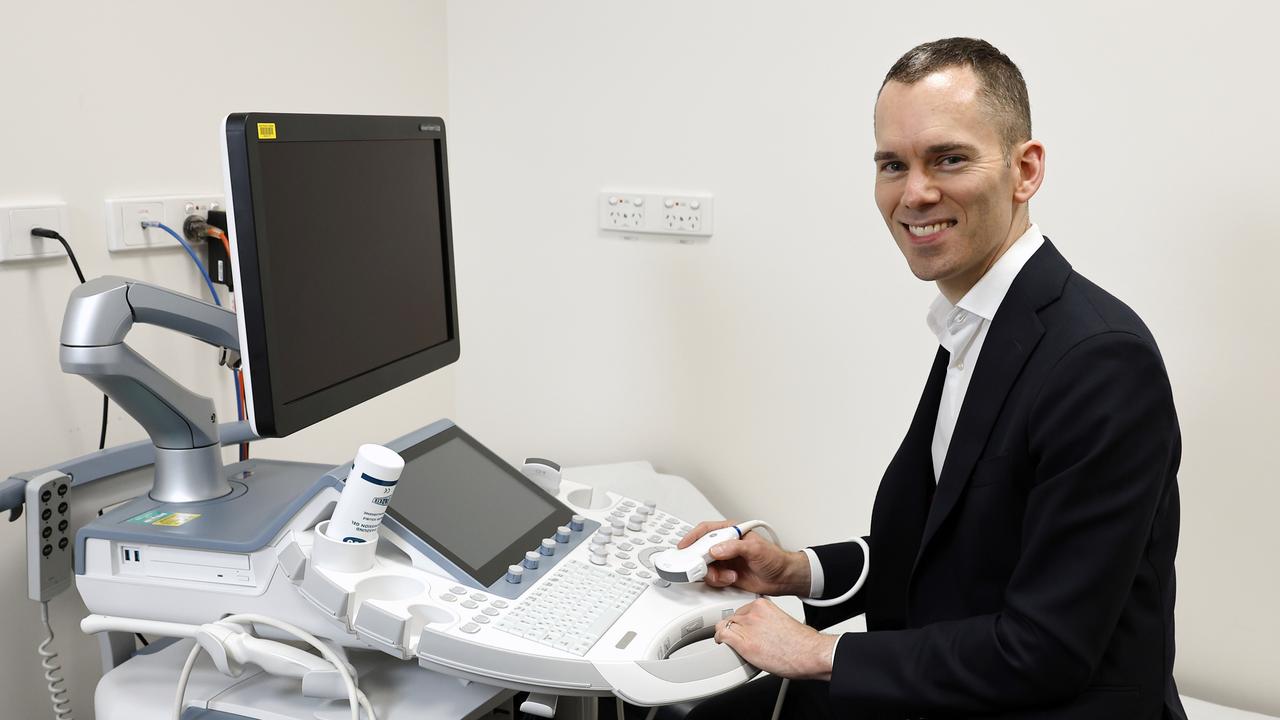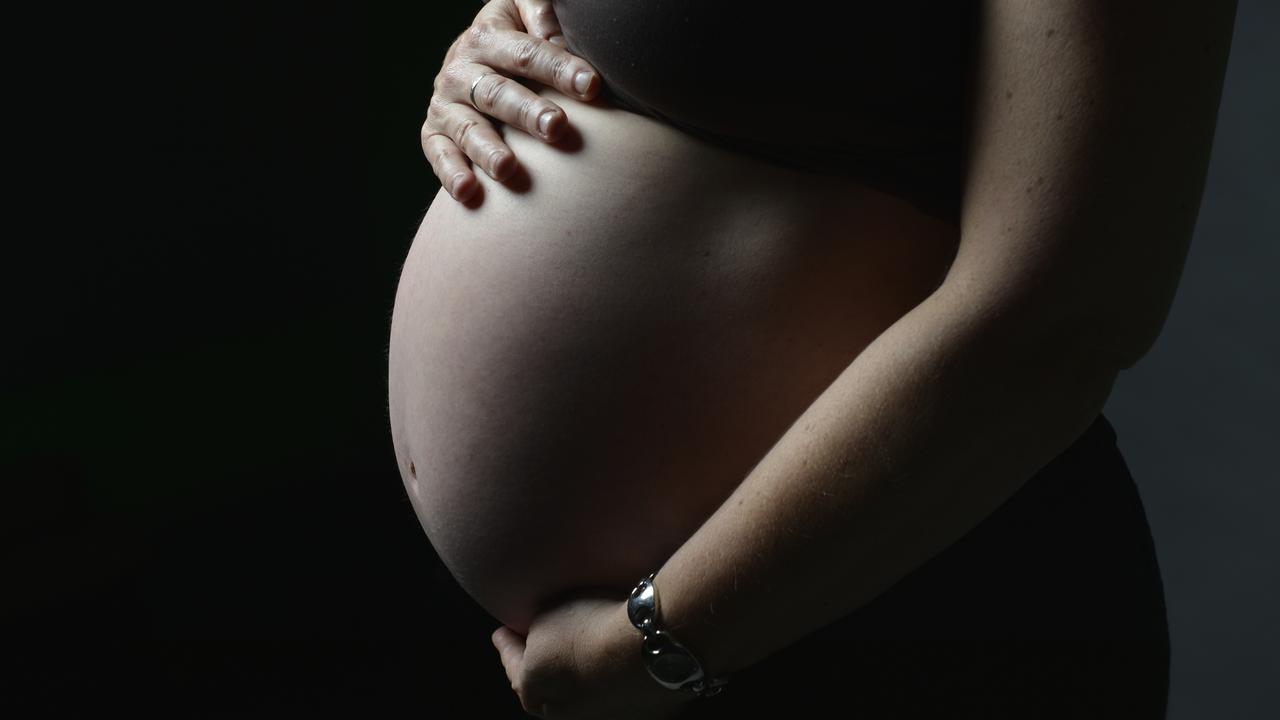
Women who experience postpartum haemorrhages could soon have access to more treatment options as a new device is added to Australia's therapeutic goods register.
Between five and 15 per cent of women who give birth can experience a postpartum haemorrhage.
It is a serious and potentially life-threatening obstetric emergency which can lead to maternal death or morbidity.
A haemorrhage is defined as a blood loss post-birth of 500 millilitres or more while a severe haemorrhage occurs when a litre or more is lost.
The impacts on mothers of this complication can be physical and psychological, including extreme fatigue from blood loss, delayed milk production and trauma from the experience.
But despite increasing rates of postpartum haemorrhages, many women are unaware of the risk.

Care providers need to delicately balance factual information without frightening mums-to-be, maternal fetal medicine sub-specialist obstetrician Stefan Kane said.
"Women are having babies at an older age and more are being induced, two things which can increase risk factors for postpartum haemorrhage," he told AAP.
"Information is power and being aware of the chance of having a birth injury or haemorrhage is really important."
Maternity care providers should also explain what will happen in the event of a haemorrhage, including the possibility of surgery, Associate Professor Kane said.
Extensive blood loss after birth is most commonly caused by the uterus being too relaxed and not contracting down, which can be treated by medicine.
In cases where the medicine did not work, Assoc Prof Kane said it was important for care teams to have other options as the condition is potentially life-threatening.
The JADA system has recently been added to the Australian Register of Therapeutic Goods.
It is a medical device that applies a low-level vacuum to the uterus and induces muscle contraction to control and treat postpartum haemorrhage.
The device has been used overseas for a number of years and would be a helpful addition to Australian hospitals, Assoc Prof Kane said.
"The first step is having it available on the register and now we can start studying it further and see the role it could play in our approach to preventing and treating postpartum haemorrhage," he said.







